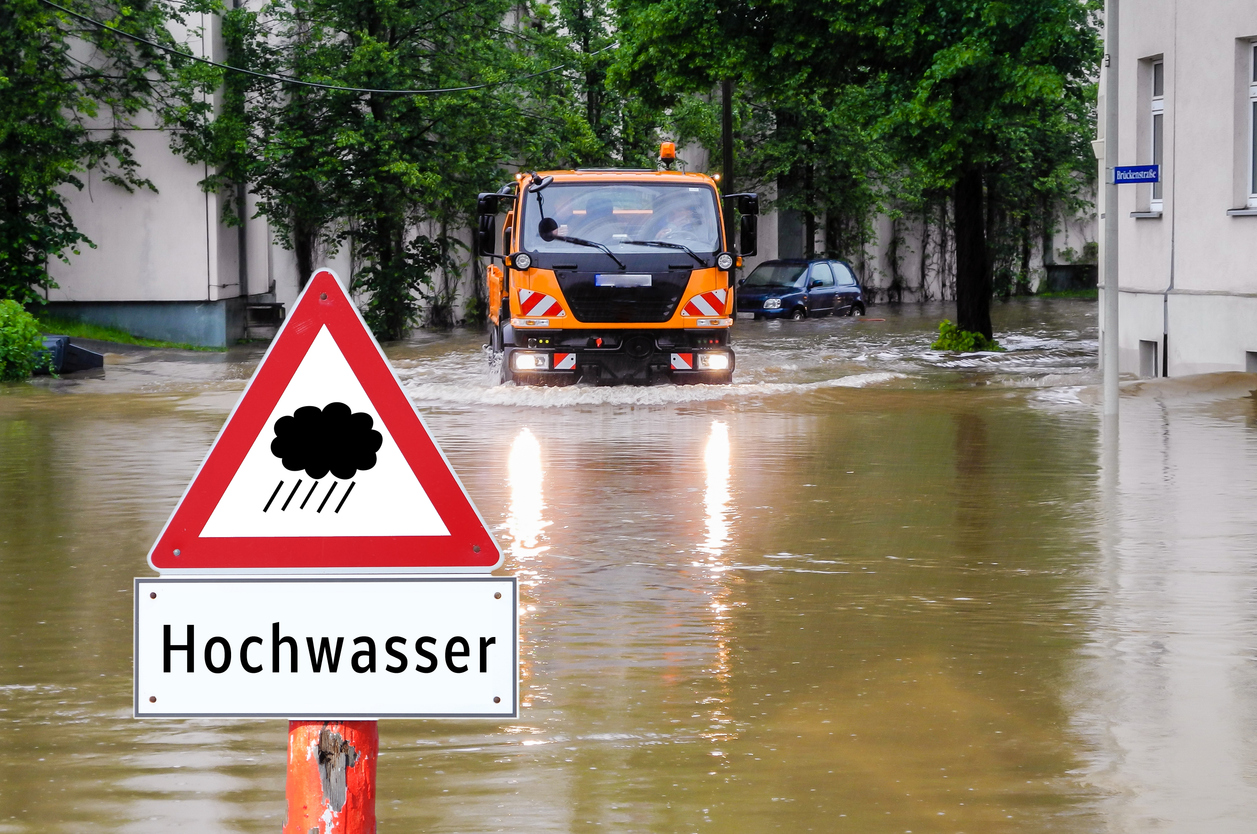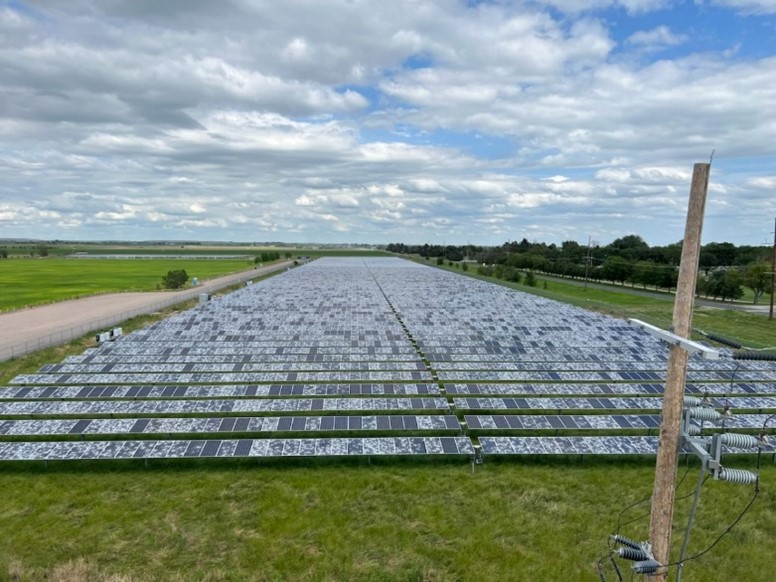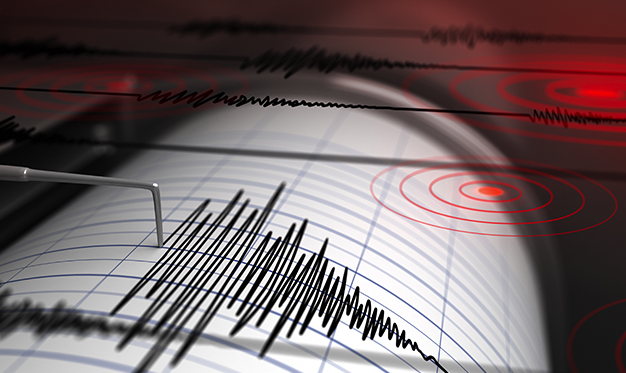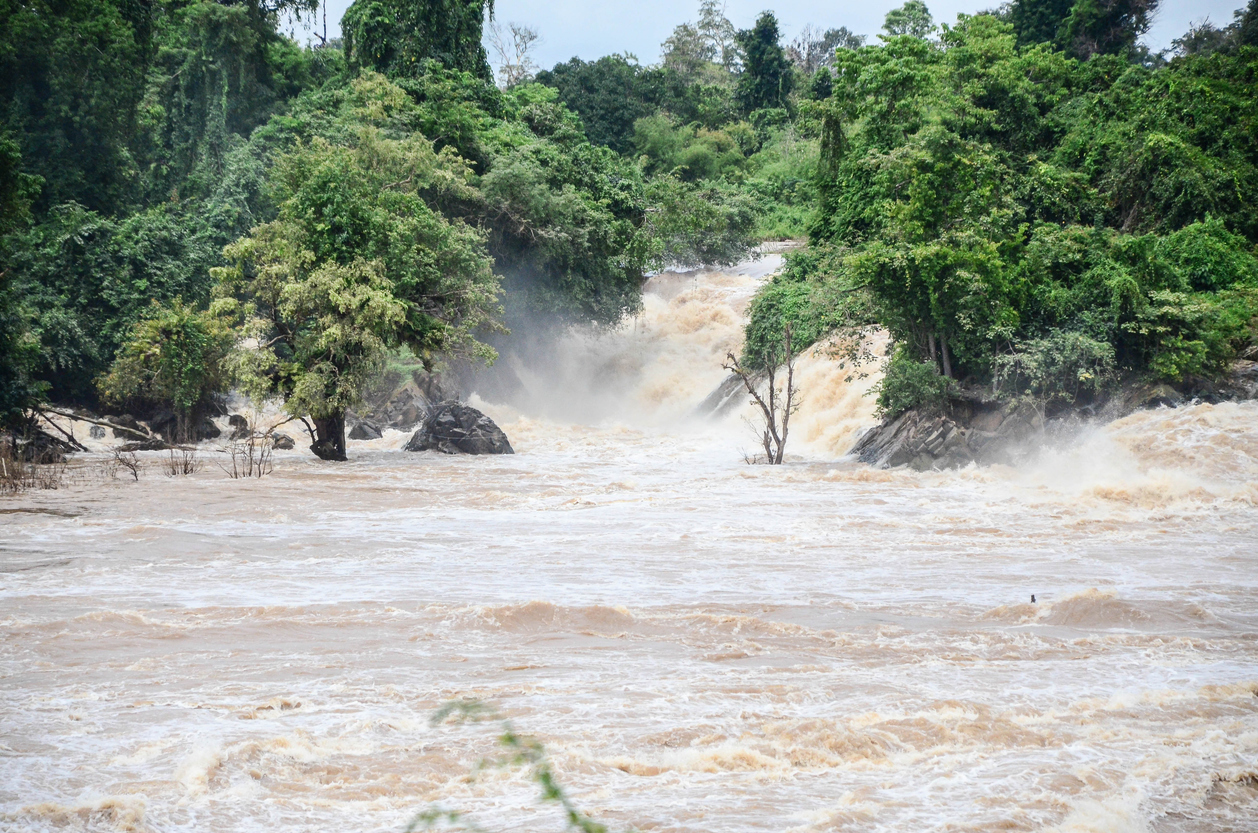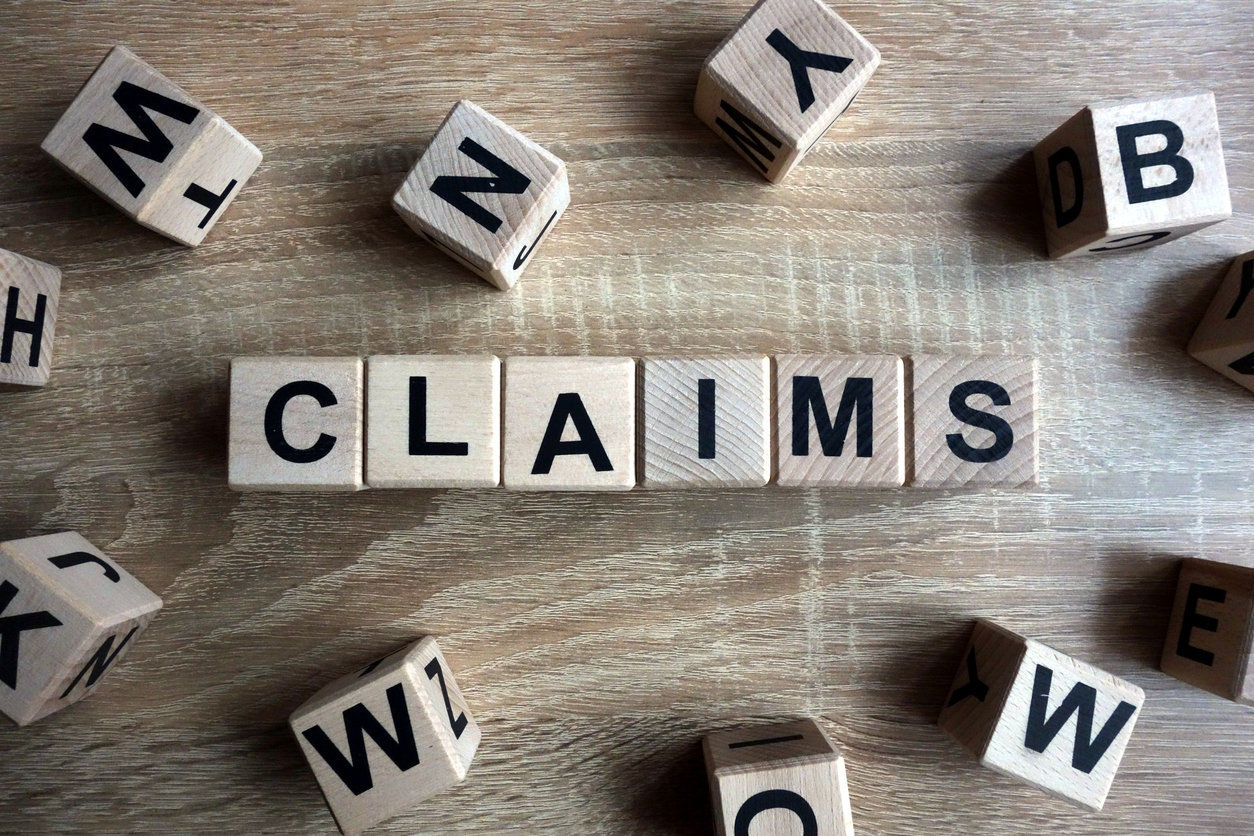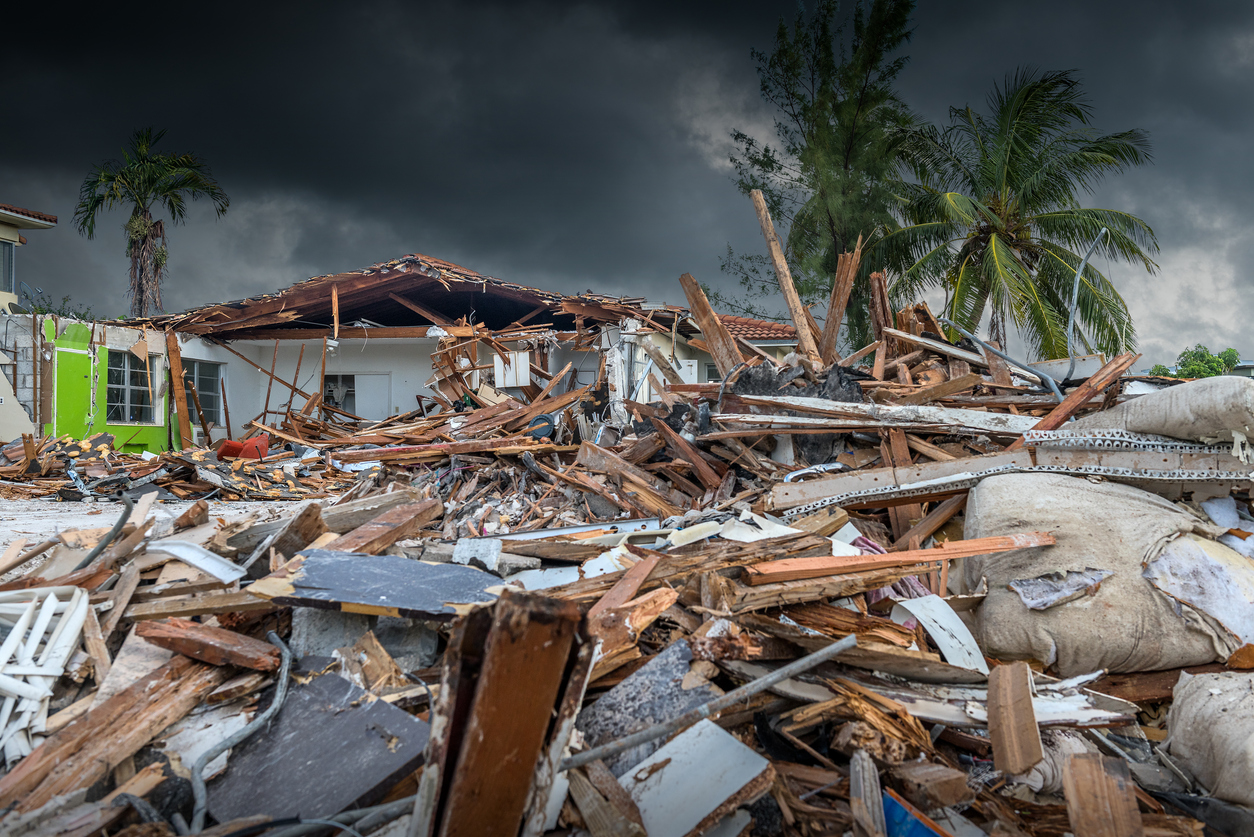This month our technical briefing introduces the broad topic of non-damage Business Interruption (BI), including a discussion on:
- The typical boundaries of traditional property damage business interruption insurance.
- What we mean by the term ‘non-damage BI’ and types of events that can cause a major business interruption loss.
- The evolution of BI insurance – what to consider before taking the leap to cover broader non-damage risks, from the perspective of both Insurers and Insureds, and why forensic accountants are essential to the process.
Business Interruption (BI) Risk and Insurance
For most in the insurance industry, the phrase ‘business interruption’ leads to thoughts of property damage triggered BI insurance. However, even though traditional BI insurance policies offer only restricted cover following damage to physical assets, the events faced, and the causes of interruption, have no such restrictions. Most people outside of the insurance industry are oblivious of the dependency of standard BI cover on property damage, they recognise that BI is purely an interruption to business which can be caused by any event, damage or non-damage, internal or external, anywhere in the value chain.
Many businesses are not aware of just how exposed they are in relation to business interruption risk. Very few companies fit the traditional manufacturing firm model for which most BI insurance policies were originally developed. For a start, manufacturing firms often generate more profitable income through services rather than the manufactured product. Also, many companies are part of a complicated value chain from supplier to customer and everything in-between. A business relies on much more than its own assets to operate successfully. Traditional BI insurance was never designed for this type of business, so is it sufficient?
Here begin the issues with BI insurance – perception versus reality. Beyond the risk or insurance team, most businesses have high expectations of what their BI insurance actually covers.
So, with this in mind, it is important to understand the typical boundaries of traditional BI insurance. Property Damage BI insurance can be summarised as follows:
- Cover for loss of revenue, net income or gross profit and increased costs.
- Loss in consequence of damage (used to be referred to as ‘consequential loss’).
- The trigger is usually damage to owned physical assets only.
- Restricted (sometimes no) cover for contingent business interruption (losses contingent upon events elsewhere) such as wide area damage affecting infrastructure and transportation or supply chain risk. Suppliers extension clauses are often included, but they are usually direct first tier suppliers only.
- Limited/no cover for intangible assets and non-damage events.
Businesses will always need insurance for damage to physical assets, as a major property damage event is often the worst loss scenario that many businesses face. But the insurance needs to cover losses from other events too, which can come from any event anywhere in the chain.
The potential worst-case loss scenario for some businesses is rapidly changing from property damage to a major cyber event, so the importance of Non-damage BI is rising. But also, it is not just total loss or the perceived ‘catastrophic’ events that businesses need cover for, as the ‘major loss’ definition depends on the size of the business, its cash-flow requirements, debt servicing arrangements, investors’ expectations and the sympathy and tolerance of customers…but that’s another topic for another day.
So, BI insurance covers the loss of income and increased costs involved in getting a business back on track, it is therefore the lifeline in any major loss. There are improvements that can be made to traditional business interruption insurance policies, but a key issue is that the damage trigger is too narrow for modern business. We need to take the view of the majority and will therefore adopt the broader view of business interruption risk for this paper.
Other Events and Risks
This ‘full horizon view’ of BI often distinguishes between damage and ‘non-damage’ BI, the latter being a term regularly used in our industry to describe anything that isn’t covered by a traditional property damage BI policy. There are many events that can interrupt business, that would result in loss of income/value, but without direct damage to assets. Examples include:
- Natural catastrophes (earthquakes, tsunami’s, floods and storms causing wide area damage affecting the value chain and infrastructure upon which the business relies but does not own.)
- Extreme weather (storms and freezing temperatures result in road and business closures and the potential for forced gas or natural resource restrictions on businesses. The other extreme of drought can have similar impacts).
- Environmental issues (global warming and subsequent Governmental/State controls, scarce resources, weather patterns).
- Major events (terrorist attacks, political related incidents, shootings, political unrest, fraud, product recalls or explosions such as the Tianjin Port Explosion).
- Infectious disease (localised contamination or pandemics such as Ebola, Zika or SARS, or terrorist related attacks).
- Insolvency in the value chain (for example Hanjin shipping affecting transported goods or Carillion that caused knock-on problems for customers and suppliers).
- Cyber-attacks or failures (these are becoming more commonplace, affecting a company’s own networks or those of suppliers, customers and service providers such as online banking issues or a power grid incident).
- Terrorism threat (While there may be little or no damage, wider spread disruption can still occur. Examples include the city-wide lock-down in Brussels after an airport incident and a major UK airport closing its runways following drone sightings).
With the increasing exposure to global risks and a broader spectrum of risk, such as supply chain, infrastructure, service providers and transportation, the development of Business Interruption insurance needs to reach beyond physical damage to assets. Traditional business interruption policies often don’t provide sufficient protection; businesses and projects remain exposed to major loss, with the potential for significant impact on shareholder value.
The Evolution of Business Interruption Insurance
The industry therefore has an opportunity to develop insurance solutions to meet these varying needs; cover these diverse risks; and help businesses survive any major loss. Many Insurers already offer some cover for these risks in the form of specialist policies. The most common is the Cyber policy that can offer a BI extension clause (Cyber specific BI will be the topic of a subsequent paper). However, a separate new policy for each different event seems excessive and does not seem to be the answer, as we’d end up with hundreds of them. If a single broad policy is more attractive, Insurers and Insureds need to be ready to commit time and resources into to this development before real progress can be made.
For Insurers the development options and choices are vast but can be summarised into Cause and Effect.
Cause – Which risks should be covered from the broad spectrum, including non-damage events and contingent risk? The aim should be to provide cover that goes beyond the basics of damage to physical assets. In a non-damage claim situation, the issue of causation and linking loss to an event can be tricky for a loss adjuster, it’s not as clear cut as when physical damage halts operations. Pre-loss, MDD Forensic Accountants, working with loss adjusters, can conduct BI Risk Analysis including facilitated risk discussions to help identify the most likely causes of disruption and BI loss.
Effect – This is usually loss of income and/or increased cost. There are always decisions to be made on insurance capacity and limits to be offered, level of loss to be retained by the Insured and appetite of both Insured and Insurer. Whether under a pre-loss scenario test, or in a claim situation, it is the forensic accountant that will quantify this effect. This effect can be similar whatever the event – it is the impact on the business that counts.
An Insured needs to go through a basic process of understanding before making any decisions on risk transfer. Otherwise the question ‘is this insurance value for money?‘ will never be answered. This understanding includes establishing how the business makes money, quantifying exposures using actual/expected losses (medium, large or catastrophic) and identifying the risks it faces directly and indirectly, both from itself and from the industry/community in which it operates. MDD helps Insurers and Insureds to understand risk and quantify exposures under relaxed and collaborative circumstances – before a loss occurs – not just afterwards when there is an insurance claim. This pre-loss BI Risk analysis is relevant for both damage and non-damage events, and deserves its own discussion paper.
Non-damage BI, including in-depth cyber BI, forms part of the MDD Risk & Forensics Development programme. This training and development service is designed specifically for the insurance community and its clients. The programme focuses on your objectives and needs, by developing both products (such as non-damage BI) and people. We can help Insurers to use BI as a leading positive differentiator, and help Insureds feel more confident and comfortable with all BI risk and exposures – the full horizon view.
The statements or comments contained within this article are based on the author’s own knowledge and experience and do not necessarily represent those of the firm, other partners, our clients, or other business partners.





 Paul Isaac
Paul Isaac 



